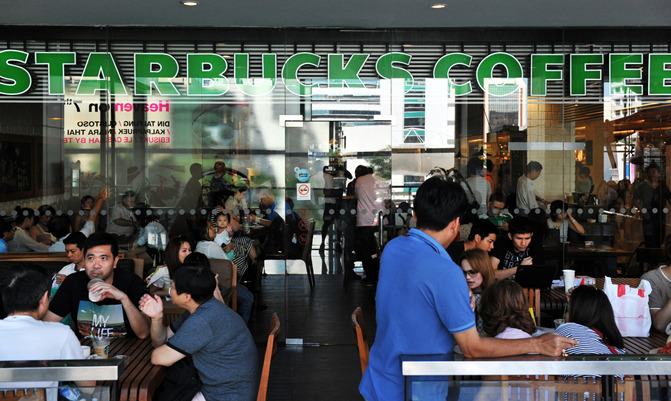Mind Over Meal: The 'Third Place' And The Real Value Of Starbucks
We all have a place or two where we can go to escape from home and work, even if only for a half hour. For many people, this place is the local coffee shop or bar — a place where you can kick back with a cup of coffee or a pint, zone out on free wifi, and spend some quality time with friendly folks from all walks of life looking for the same experience. Think Central Perk from Friends or the bar from Cheers. Sociologists call these open, welcoming community spaces that provide a sense of belonging and safety "third places." A third place offers a different way of experiencing life than the "first place" (home) or the "second place" (work). Increasingly, psychologists are starting to theorize about our relationship to third places and realizing that it has more to do with community then coffee or beer.
Few third places are more successful — or ubiquitous — than Starbucks. Many people, myself included, have relied on Starbucks as our third place for so long that we get separation anxiety when we realize we can't take our mid-morning walk through this magical, familiar land of free wifi and seasonal lattes. The irony is that we don't get these feelings because we miss the coffee (or even the wifi), but instead because we miss the feeling of belonging, safety, and community that companies like Starbucks have worked seamlessly into their homey interiors and sociable employees. Indeed, for people constantly isolated from friends and family due to increasing work demands and pressures, having a third place provides social support and community (even if they're only there to do more work).
So the next time you walk into Starbucks you can feel better knowing that though the lattes may be expensive, that feeling of belonging is priceless.
